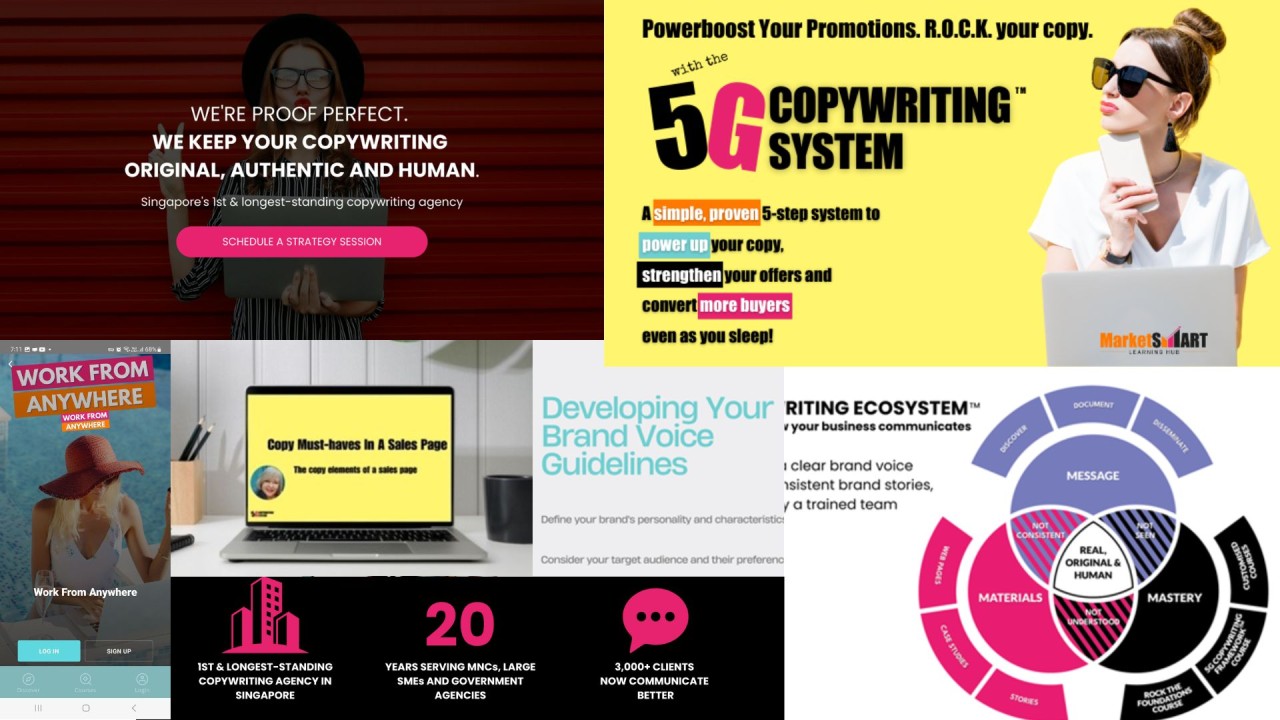
Image Source: Google
Elementary school is a critical time in a child's education, and for students with learning disabilities, it is essential to provide the right support to help them reach their full potential. With the right strategies and interventions in place, students with learning disabilities can thrive in an elementary school setting and set the stage for future academic success. In this article, we will explore various strategies that can be implemented to support students with learning disabilities in elementary schools.
Understanding Learning Disabilities
Before diving into strategies for supporting students with learning disabilities, it is crucial to have a basic understanding of what learning disabilities are. Learning disabilities are neurological disorders that affect the brain's ability to receive, process, store, and respond to information. This can impact a child's ability to read, write, do math, or retain and recall information. Common types of learning disabilities include dyslexia, dyscalculia, and dysgraphia.
Common Signs of Learning Disabilities
- Difficulty with reading, writing, or math skills
- Struggles with following instructions or staying organized
- Trouble with understanding concepts or abstract ideas
- Difficulty with memory or recall of information
Strategies for Supporting Students with Learning Disabilities
1. Individualized Education Plans (IEPs)
IEPs are personalized plans that outline specific goals and interventions for students with learning disabilities. These plans are developed collaboratively with teachers, parents, and specialists to address the unique needs of the student. Key components of an IEP may include accommodations, modifications, and specific learning goals tailored to the student's strengths and challenges.
2. Differentiated Instruction
Teachers can implement differentiated instruction strategies to meet the diverse needs of students in the classroom. This approach involves adapting teaching methods, materials, and assessments to cater to the individual learning styles and abilities of students. By providing varied instructional approaches, teachers can ensure that all students, including those with learning disabilities, have access to the curriculum.
3. Assistive Technology
Assistive technology tools can be invaluable for students with learning disabilities. These tools can help students with tasks such as reading, writing, note-taking, and organization. Examples of assistive technology include text-to-speech software, speech recognition programs, graphic organizers, and calculators. By incorporating assistive technology into the classroom, teachers can support students in overcoming their challenges and enhancing their learning experience.
4. Multi-Sensory Learning Activities
Engaging students with learning disabilities in multi-sensory activities can be highly beneficial. By incorporating visuals, auditory cues, kinesthetic movements, and hands-on experiences, teachers can help students make connections and retain information more effectively. Multi-sensory learning activities can cater to different learning styles and provide a more interactive and engaging learning environment for students with learning disabilities.
5. Positive Reinforcement and Encouragement
Providing positive reinforcement and encouragement can significantly impact students with learning disabilities. Recognizing and praising their efforts, progress, and achievements can boost their confidence and motivation. By creating a supportive and encouraging classroom environment, teachers can help students with learning disabilities develop a growth mindset and a positive attitude towards learning.
Creating a Supportive Environment
1. Building Relationships
Establishing strong relationships with students with learning disabilities is key to providing effective support. Teachers can build trust, rapport, and understanding with these students by showing empathy, patience, and respect. By fostering positive relationships, teachers can create a safe and supportive environment where students feel valued and empowered to learn.
2. Collaboration and Communication
Collaboration and communication between teachers, parents, specialists, and support staff are essential for supporting students with learning disabilities. By working together and sharing information about the student's progress, challenges, and needs, stakeholders can develop coordinated strategies and interventions to help the student succeed. Open and regular communication can ensure that everyone is on the same page and working towards common goals.
3. Professional Development and Training
Providing professional development and training opportunities for teachers can enhance their knowledge and skills in supporting students with learning disabilities. By staying informed about the latest research, interventions, and best practices, teachers can effectively address the diverse needs of their students. Professional development can empower teachers to implement evidence-based strategies and create inclusive learning environments for all students.
Conclusion
Supporting students with learning disabilities in elementary schools requires a comprehensive and collaborative approach. By understanding the unique needs of these students, implementing targeted strategies and interventions, and creating a supportive learning environment, teachers can help unlock their potential and foster academic success. With the right support and resources in place, students with learning disabilities can thrive in elementary school and beyond.







